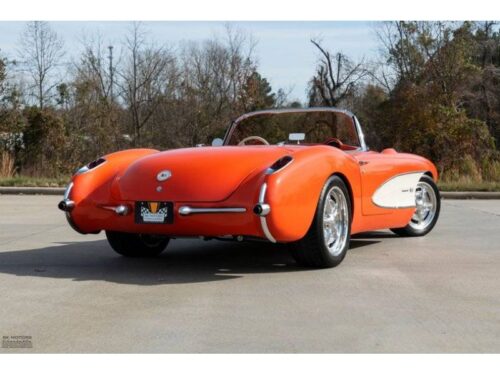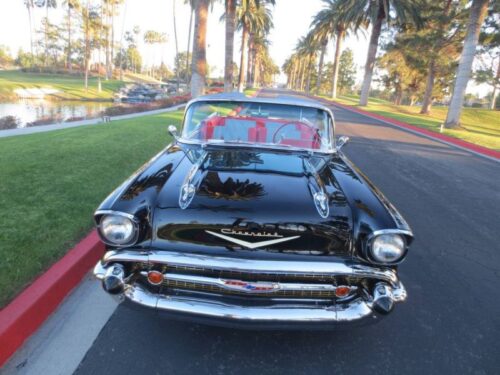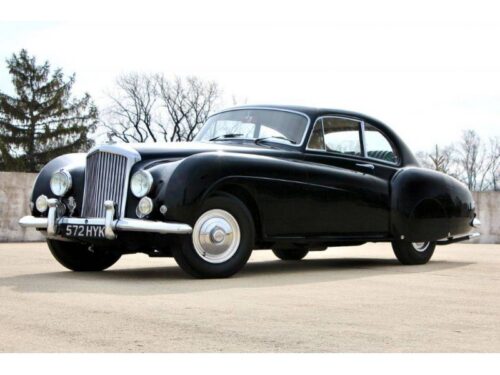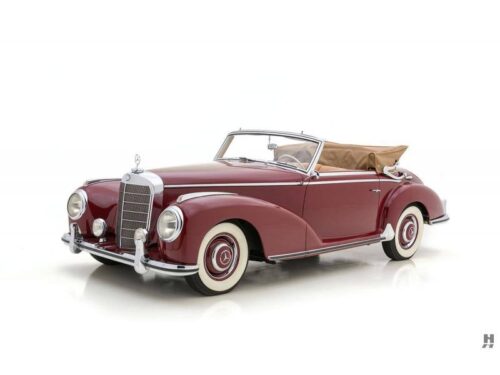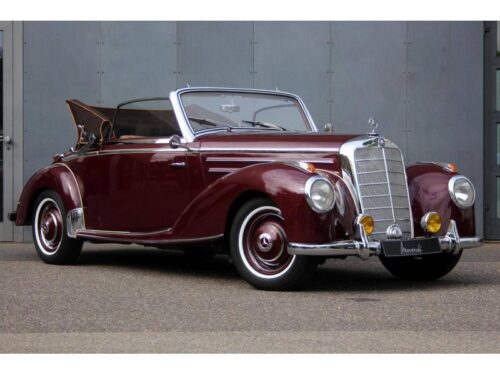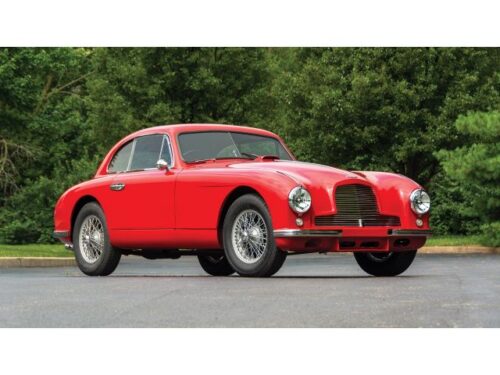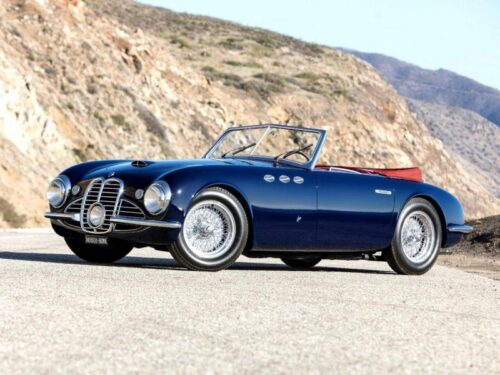-
Sold By: Northwest Classic Auto Mall1957 Chevrolet Bel air (#1020) Tuxedo Black tri five chevy! •350ci (5k miles) Rebuilt •Stock manifolds •Th350 automatic Transmission •4bbl Carburetor •Upgraded Aluminum radiator •Newer battery/Cut off switch •Hoses all look good •Brakes work well •Black Chevrolet valve covers •Matching air filter •Upgraded ignition system •Dual sport mirrors •Factory GM rear end •Exterior paint is nice •Nice interior/seatbelts •Nice door panels •Original steering wheel •B&M floor shifter •Upgraded radio •Stock factory gauges •Triple gauge package added •Black rubber floormats •Ridler Chrome 17” Wheels •Front tires 225/50/17 •Rear tires 235/50/17 •Dual exhaust-Sounds nice •Underneath appears to be solid •Brake/fuel lines look good •Chrome/Glass/Trim good •All windows roll up/down •Weatherstripping nice •Suspension feels great •Trunk is clean •Body lines/metal good •Door jams good •Runs/drives and stops good •Excellent fun tangible Investment •Everything functions •Watch my high definition Video
-
Sold By: Classic Promenade
Bentley R-Type Continental
The Bentley R-Type Continental was a high-performance version of the R-Type. It was the fastest four-seat car in production at the time. The prototype was developed by a team of designers and engineers from Rolls-Royce Ltd. and coachbuilder H. J. Mulliner & Co. led by Rolls-Royce's Chief Project Engineer, Ivan Evernden. Rolls-Royce worked with H. J. Mulliner instead of their own coachbuilding subsidiary Park Ward because the former had developed a lightweight body construction system using metal throughout instead of the traditional ash-framed bodies. The styling, finalized by Stanley Watts of H. J. Mulliner, was influenced by aerodynamic testing conducted at Rolls-Royce's wind tunnel by Evernden's assistant, Milford Read. The rear fins stabilized the car at speed and made it resistant to changes in direction due to crosswinds. -
Sold By: Hyman, Ltd.The 300 series was designed to compete with Rolls-Royce quality. It was complex, expensive and luxurious, and offered as a huge sedan with optional division windows or as a four-door cabriolet. The 300 was powered by a 115-bhp 3.0-liter six-cylinder engine coupled to a four-speed synchromesh gearbox, and was capable of cruising at 100 mph. The X-frame was built of oval tubes, the front suspension was independent by coil springs and wishbones, and the rear featured Mercedes-Benz’s swing axle. The rear suspension was adjustable at the dashboard and a central lubrication system was foot-operated.
-
Sold By: Movendi The Spirit of Classic Cars- Never restored, very beautiful and original - Very neat, technical and optical condition - Only 1,278 built examples - Very attractive color combination - Imported from southern Switzerland in 1983, only two German owners until 2019
-
Sold By: SpartaCryptoChassis LML/50/95 is a superb example of an early DB2, beautifully presented with a high-quality restoration. Copies of the Works Service chassis card show it was delivered new on March 4, 1952, to David Gaunt, Esq. of Leeds, finished in “Steel Dust” with grey Connolly Vaumol hides, and registered HKW 666. It returned to the Works Service Department regularly for maintenance, and records show the factory updated it to the latest high-performance Vantage specification in late March/early April of 1953. The updates included fitting larger carburetors, new cams, and high-compression pistons, boosting peak power from 105 bhp to a handy 125 bhp. In addition to the service records, copies of the original registration log books track the ownership history through the early 1980s, noting the car had been repainted red sometime in the early 1970s.
-
Sold By: Cool Classics InternationalMaserati A6G/2000 Chassis number 2017 is one of just three short-wheel base Frua Spiders built and as such is exceedingly rare, plus it comes with a well-documented and quite remarkable history. According to a thorough investigation by renowned Maserati historians Adolfo Orsi Jr., chassis 2017 was delivered to Carrozzeria Pietro Frua on July 24, 1950. Six months later it emerged with its new bespoke, hand-built Spider coachwork and it was returned to the Maserati factory to receive its final fit and finishes. Dressed in dark blue, the finished A6G/2000 was delivered to Maserati dealer Mimmo Dei of Rome on May 17, 1951 and immediately sold to its first caretaker, Luigi Trevisan, one of the many professionals working in the movie business.
